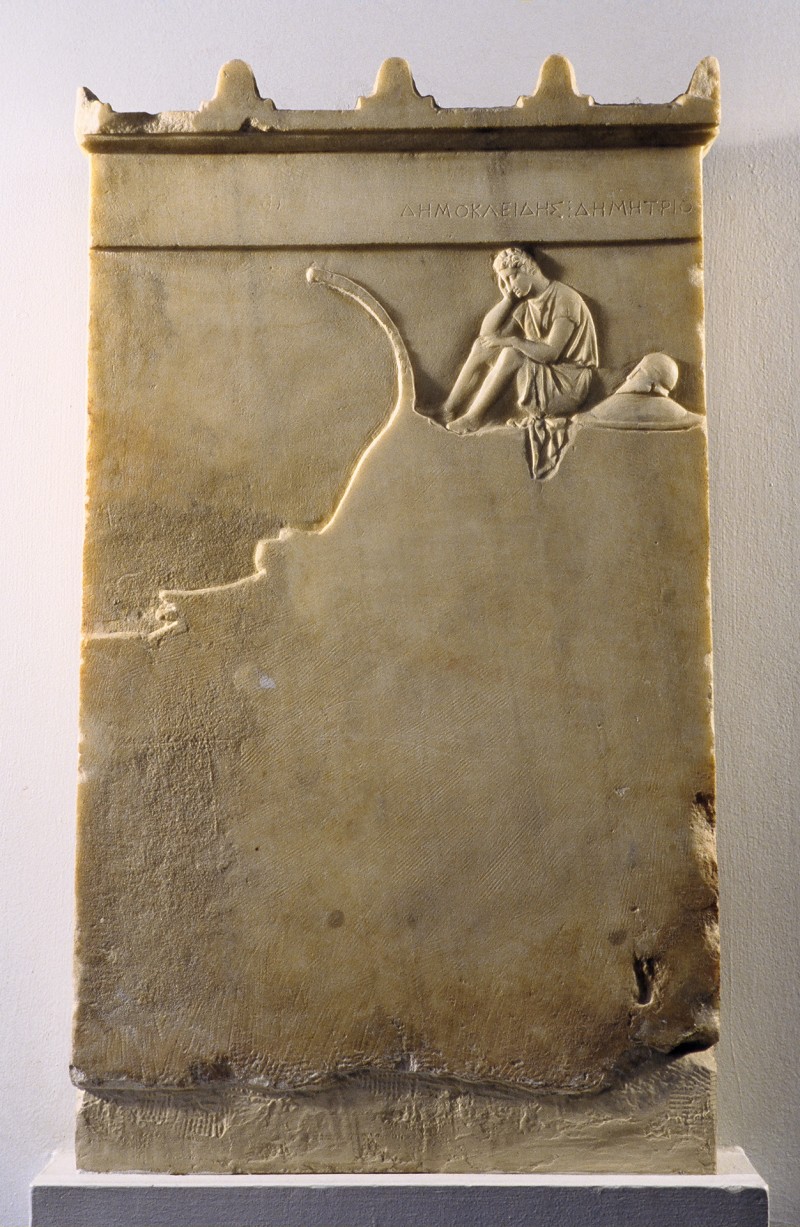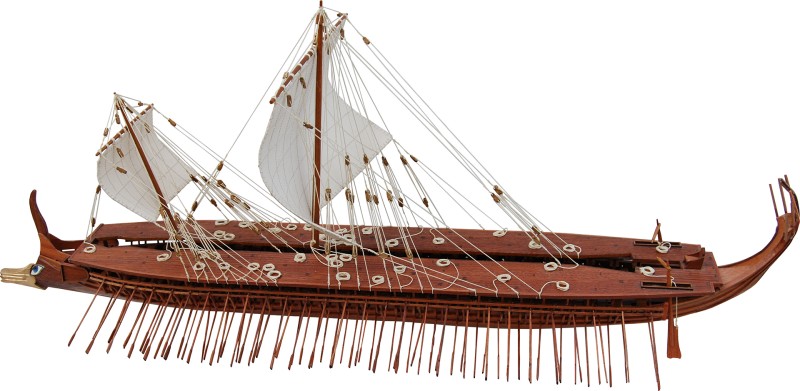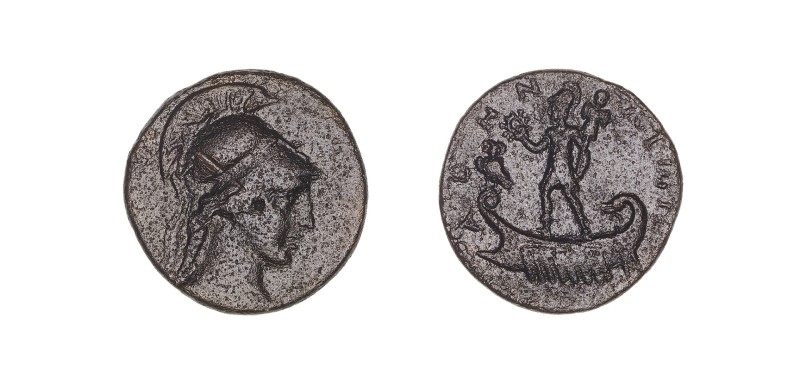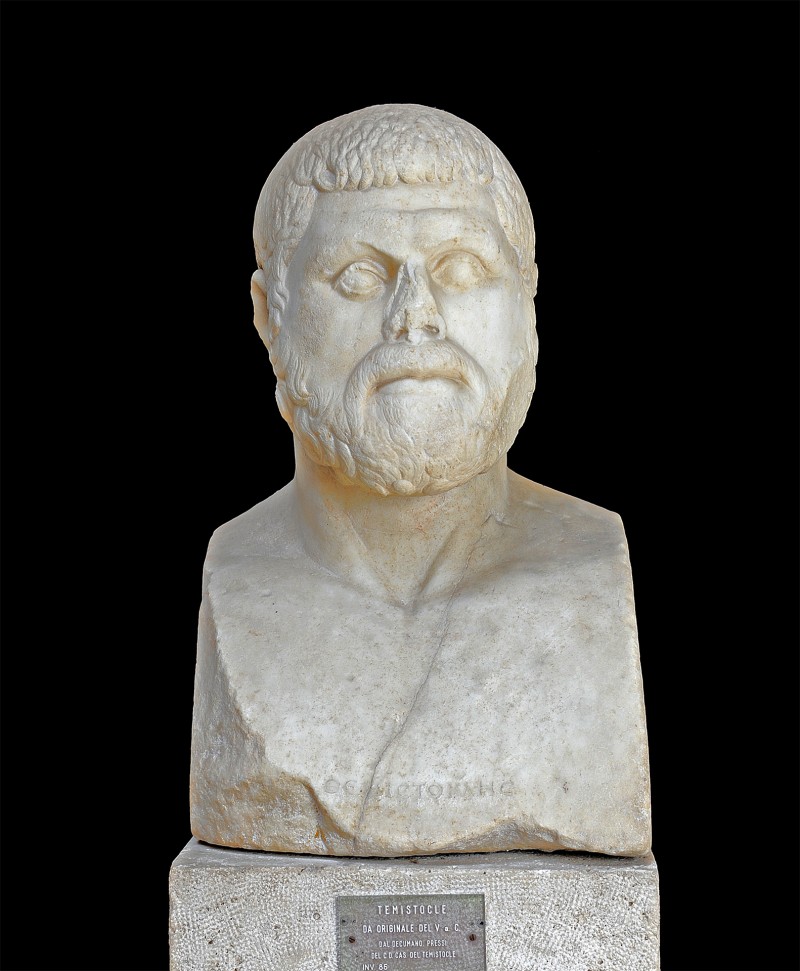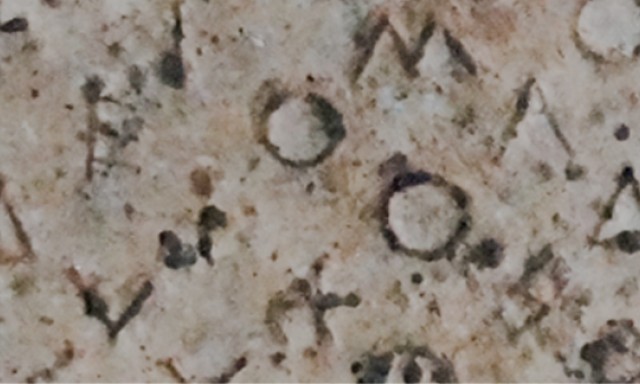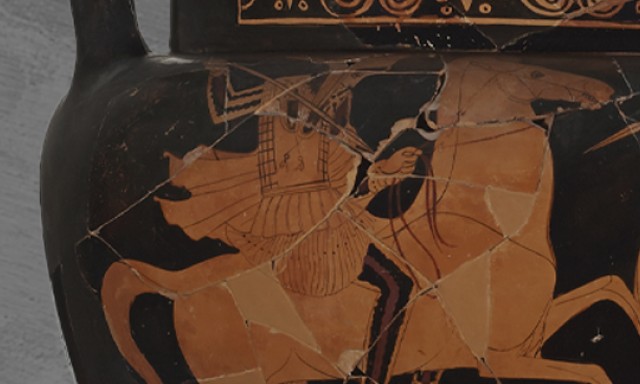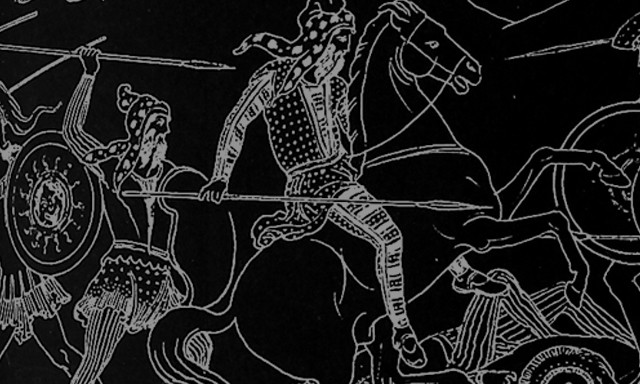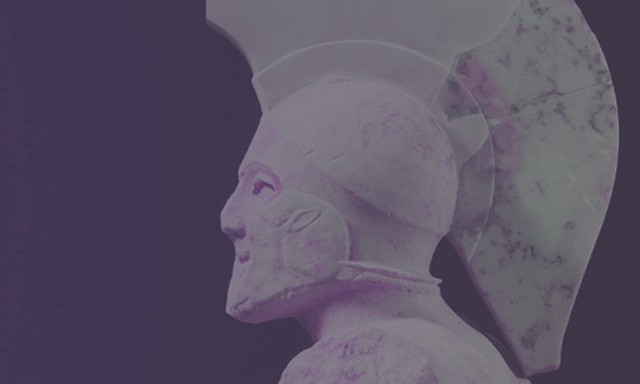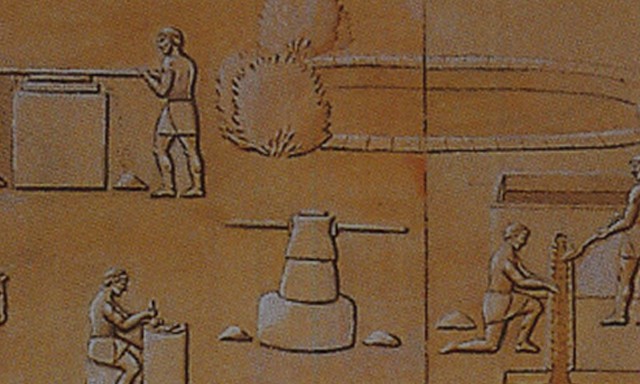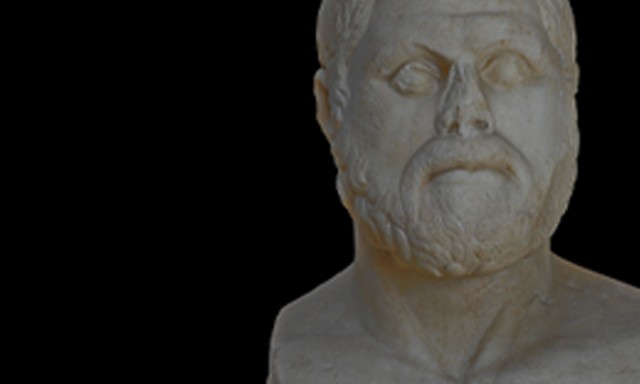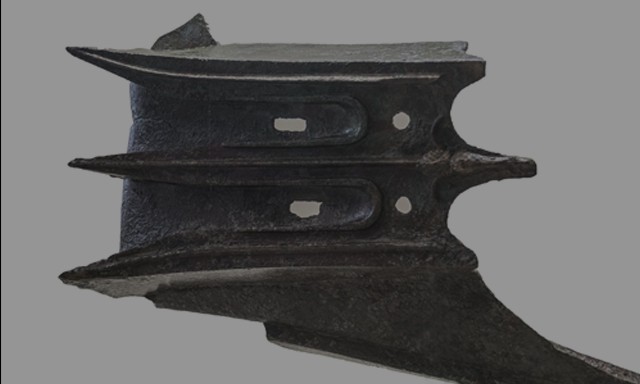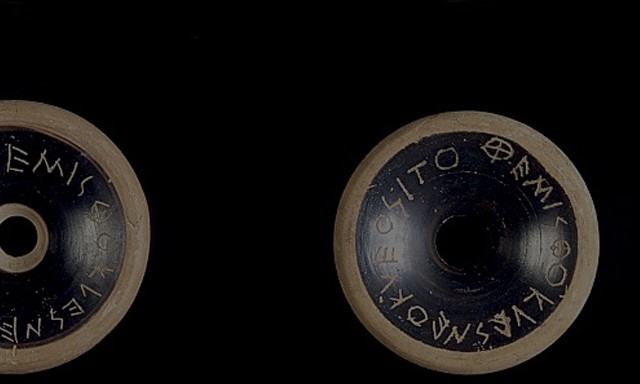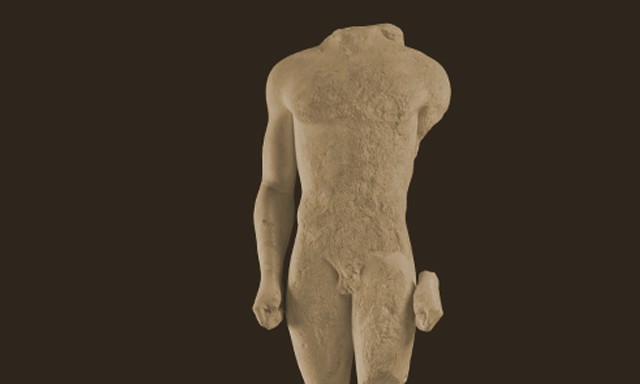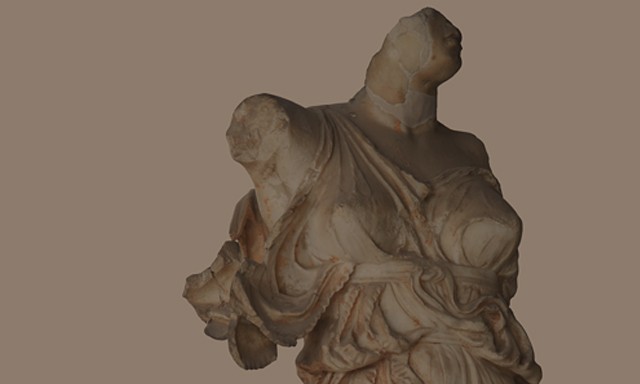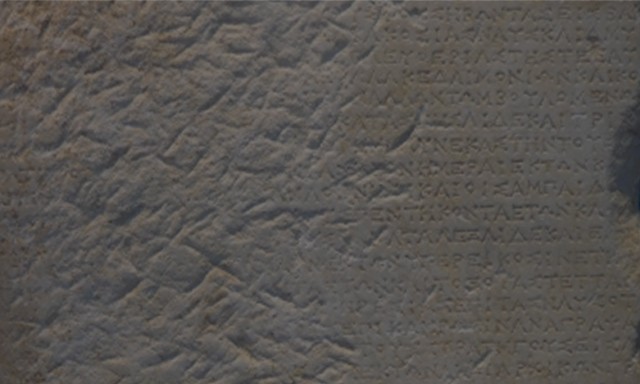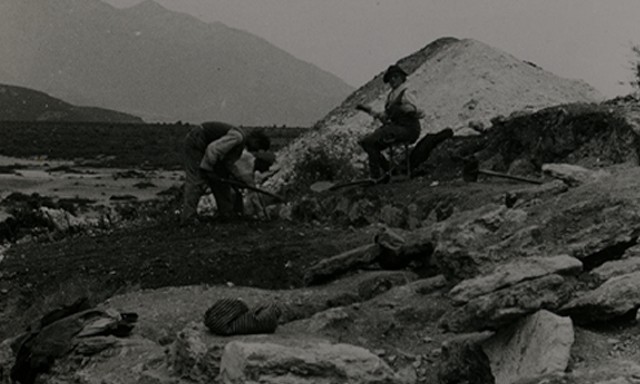CHAPTER CREDITS
"Oh, Son of the Hellenes! Free your native land. Free your children, your wives, the temples of your fathers' gods, and the tombs of your ancestors. Now you are fighting for all you have".
Aeschylus, The Persians
After Themopylae, the Persian army and navy headed south, plundering and burning the cities which resisted.
The Greek army waited gathered on Salamis. There was a strong disagreement regarding the location where the battle should take place. Themistocles insisted on choosing the straits of Salamis and he did not even hesitate to take recourse to some tricks in order to have his plan carried out.
It was the dawn of the 28th or 29th September 480 BC.
Xerxes was deceived and in the middle of the night prepared his fleet for attacking. Instead, however, of catching the Greeks unprepared, it was the Persians those who were taken by surprise. While they expected to see their opponents flee, they heard the trumpets and the military anthems sounding “Ahead, oh, you children of the Hellenes!”
The Greek fleet counted about 300 ships, whereas the Persian one, more than 1,000. However, the superiority of the Persians was neutralized by the Greek strategic prowess.
Every detail was important and had been taken carefully into account. The morning breeze made the sturdy Persian ships vacillate and the arrows of the archers to miss their target. The narrow space did not allow the Persians to make full use of their power and thus both fleets fought with equal number of ships on the front line. The Greeks placed their strongest forces, namely the Spartans, the Athenians and the Aeginians, on the flanks, facing the most worthy mariners of the Persians, namely the Phoenicians and the Ionians. Thus, when, after a lengthy and ambivalent fight, the Athenians prevailed over their opponents, their triremes headed towards the center. The balance had already tilted towards the Greeks.
CREDITS
DISCOVER THE EXHIBITS
Choose one of the objects of the exhibition
EXPLORE THE EXHIBITION
Choose a chapter of the Exhibition

